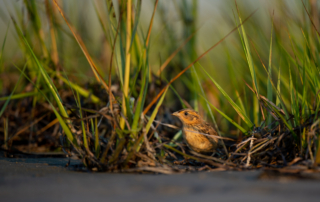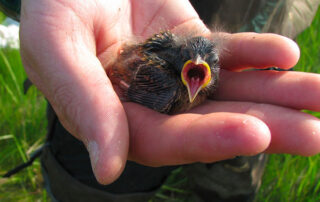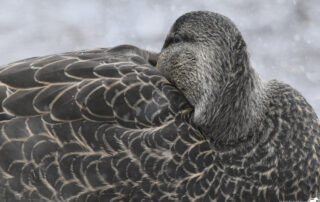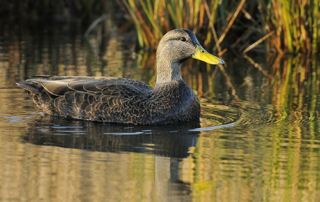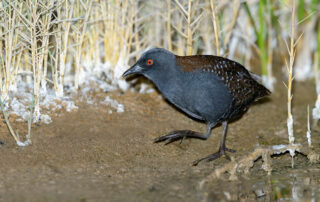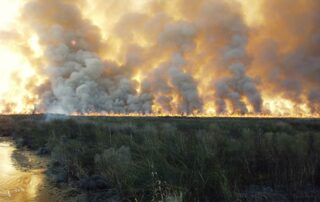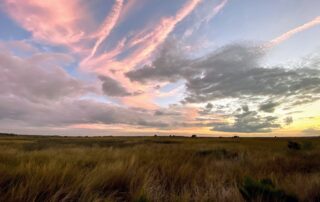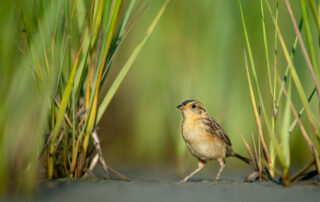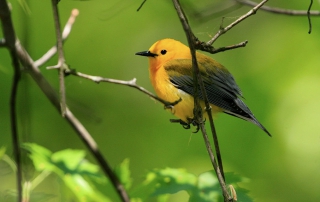A category to hold content for species of concern widgets
Flagship Update 2024 – Saltmarsh Sparrow
Coastal Marsh Restoration: An Ecosystem approach for the Mid-Atlantic In 2024 we co-authored a document with the National Oceanic and Atmospheric Association (NOAA) and partners within the US Fish and Wildlife Service to address and highlight shared goals for ecosystem restoration to benefit coastal marsh organisms including (but not limited to) our flagship species. [...]

